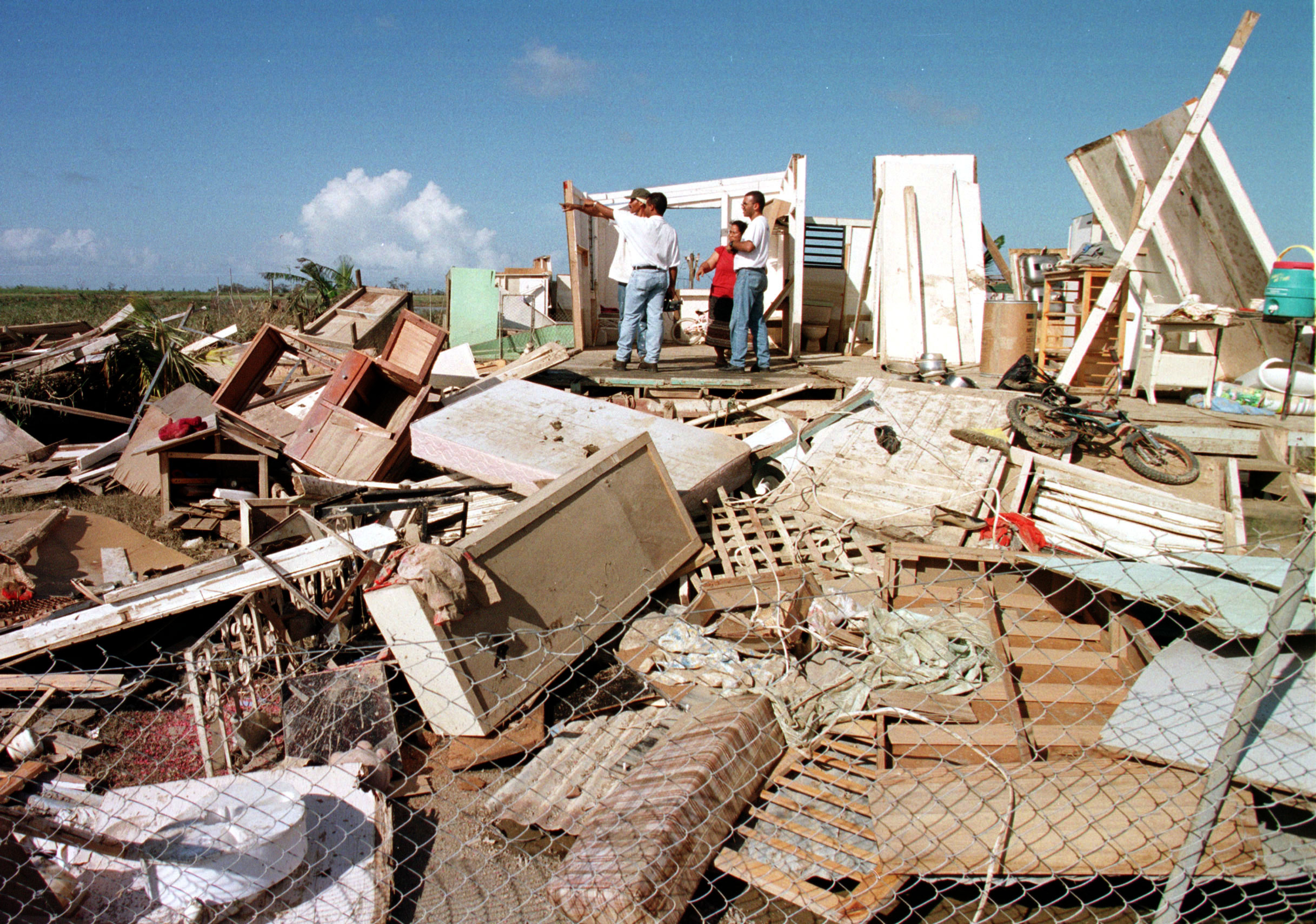In September 2017, Hurricanes Irma and Maria swept through Puerto Rico, taking with them hundreds of lives across the island. The hurricanes, however, were just the beginning of the crisis. Many of the people who died were not victims of the storms themselves, but of the post-hurricane failure to provide public resources, which includes the loss of electricity across the island. By the end of 2017, roughly half of Puerto Rico’s residents remained in the dark. That number fell only slightly during the first months of 2018. Puerto Rico’s weak energy infrastructure is one manifestation of a broader, unnatural disaster—an economic crisis that has shaped Puerto Rico’s political life for decades and made it especially susceptible to the destruction left by the hurricanes.
Several factors have contributed to Puerto Rico’s economic fallout. Most canonical is the Jones Act, a protectionist, neocolonial US law passed in 1920 mandating that all vessels moving between two ports in the United States be US-owned, US-built, and US-operated. This act particularly affects US islands, such as Puerto Rico. Given that Puerto Rico imports all of its petroleum, the Jones Act is key in explaining the particularly high costs of electricity on the island. Analysts also point to the flight of US-owned transnational pharmaceutical companies from the island in the late 1990s—ravaging an industry that accounted for half of its manufacturing sector—as a cause for Puerto Rico’s economic hardship. To make matters worse, predatory investments invaded the island shortly thereafter, due partly to Puerto Rico’s decision to make federal, state, and local bonds tax exempt.
With high import costs, failing industries, and high-interest lending, Puerto Rico’s public debt quickly spiraled out of control. Although debt data from the early 2000s isn’t particularly reliable, the island’s recorded debt climbed from $42.8 billion in 2007 to $74 billion today. The Puerto Rico Electric Power Authority (PREPA), the public enterprise that controls electricity production and distribution, held $9 billion of this in 2017. Under pressure from its creditors, the Puerto Rican government has responded to its financial troubles with sweeping austerity measures, including closing public schools, limiting health spending, and decreasing funding to PREPA.
State funding has been cut across the board. This includes slashes to public sector employment, which are especially impactful given that the government is Puerto Rico’s largest employer. Between 2007 and 2016, over 70,000 government jobs were eliminated, PREPA jobs included, decreasing overall energy production on the island. Since 2009, production has fallen by over 7 percent.
Rising debt and austerity measures, combined with volatile and rising oil prices forced energy prices to swell long before the hurricane. In fact, in 2014, residential electricity prices in Puerto Rico were 2.1 times higher than average prices in the United States; worse, industrial energy prices were a staggering 3.2 times higher.
Then came Irma and Maria, further exacerbating the extant political and economic issues that have colored Puerto Rico’s reality for decades. The hurricanes should be understood as the meaningful tipping point in the development of a crisis that began much earlier.
In late January, Puerto Rico’s governor, with support from the US-appointed Financial Oversight and Management Board, announced plans to move forward with privatizing PREPA. Thus, the hurricanes have not only amplified the weaknesses of a crumbling electricity system, but have also permitted new levels of privatization and the weakening of the public sector more broadly. Moving forward, it’s likely that an increasing proportion of the Puerto Rican economy will be swept into private hands, further limiting what’s left of the island’s precious autonomy. Photo
